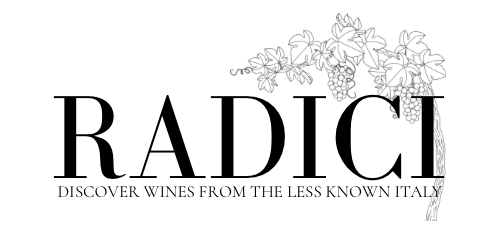Molise Region: History, vines and appellations
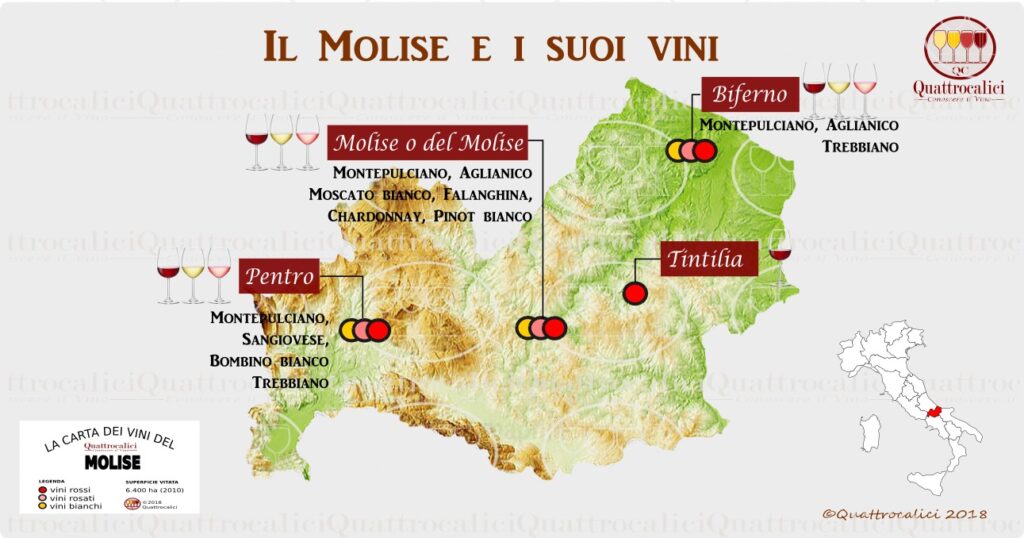
Molise is a small region, with a total area of 4,438 Km2, and this is also reflected in its viticulture and wines. It is a mostly hilly (45%) and mountainous (55%) region and the vineyards are also located half in the hills and half in mountainous areas. The total vineyard area is only 6,400 hectares, mainly in the province of Campobasso, for a production of about 350,000 hl. The vineyards are 58% located in mountainous areas and 42% hilly. The highlands that develop between the Abruzzo and Samnite Apennines give the region a semi-continental climate, with hot summers and cold and snowy winters. Along the coast the temperatures are milder, with modest temperature ranges and little rainfall. The reference areas for the breeding of vines are two: the first, larger, runs along the valley of the river Trigno (on the border with Abruzzo) and the valley of Biferno; the second is located around Isernia.
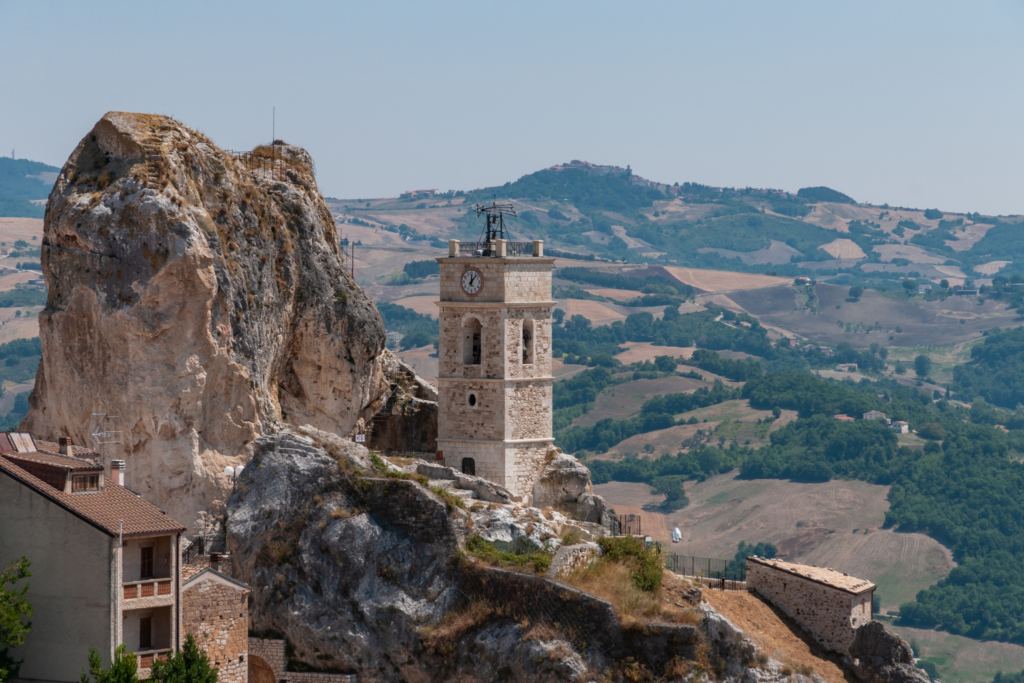
The wine tradition of Molise dates back to the third century B.C., to the times of the Romans and the Samnites. There are very few traces of Molise viticulture in the medieval and Renaissance era. The first mention of Tintilia dates back to the early 1800s. From the point of view of viticulture, Molise is still looking for its identity, having been until fifty years ago also administratively linked to Abruzzo. Today Molisani wines are placed between Abruzzo and Apulian ones, acting as a link between the enologies of the two regions. The autochthonous black grape variety Tintilia is the expression of the rebirth of the Molise viticulture.
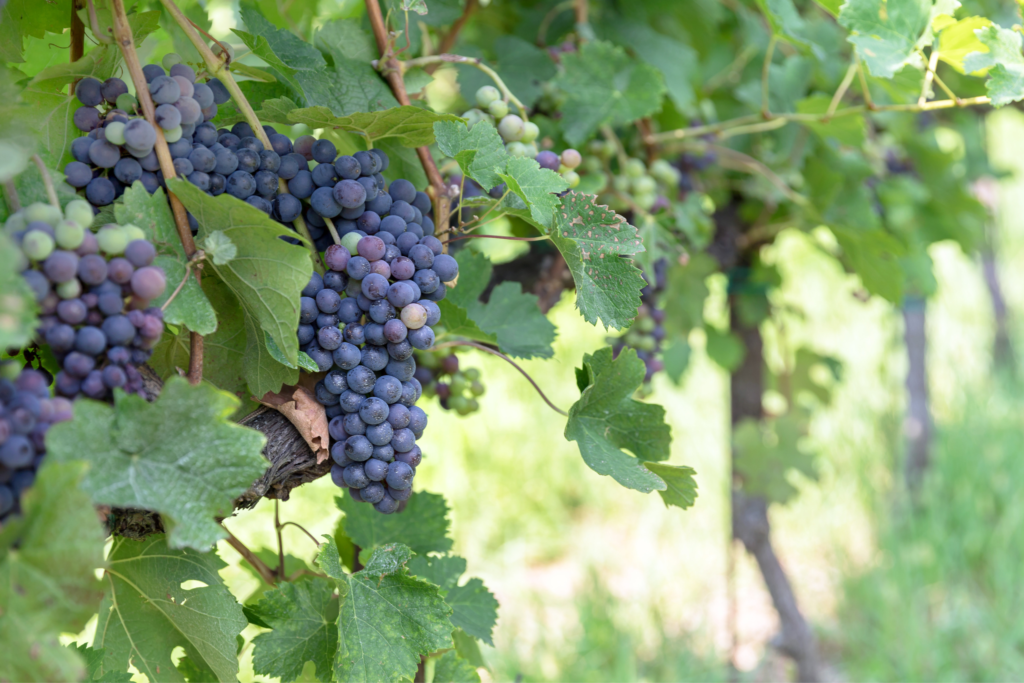
In Molise the most important grape varieties are black, among which we mention the autochthonous Tintilia with the wines of the Tintilia del Molise DOC appellation. The other cultivated vines are those characteristic of neighboring territories. Montepulciano and Aglianico are the most important black grapes, while Falanghina, Trebbiano (both Tuscan and Abruzzese), Greco, white Bombino and white Malvasia. Sangiovese is used alone or in blend with Montepulciano for the production of Pentro DOC Rosso wine. International varieties include Chardonnay, Cabernet sauvignon, Merlot and Syrah.
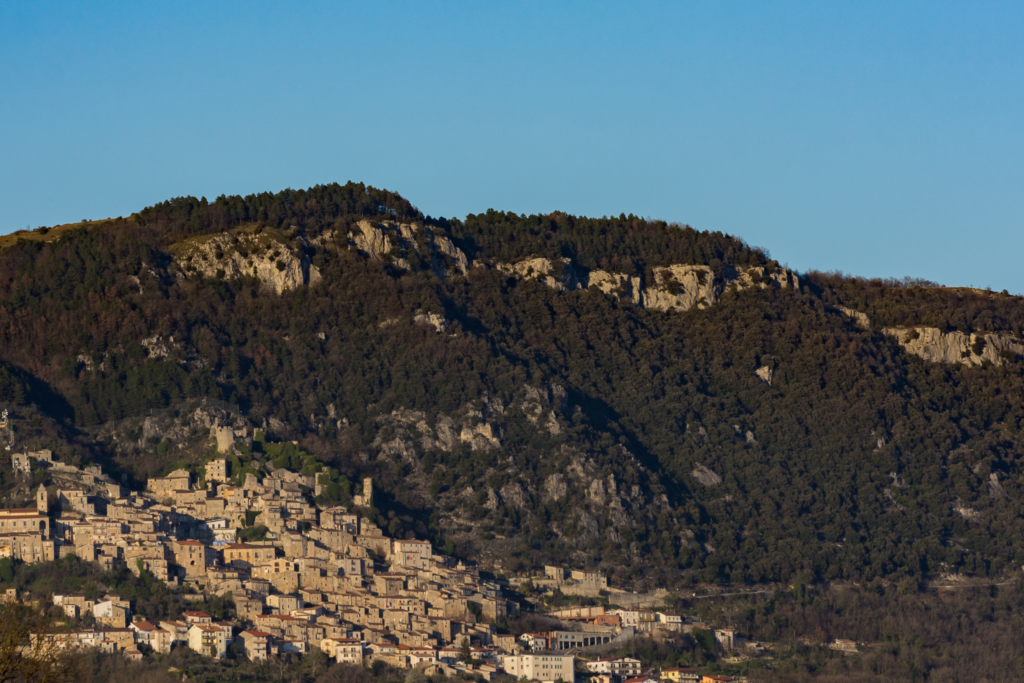
In Molise there are 4 DOC Designations of Origin and 2 IGT. Biferno DOC, with red (also Superiore and Riserva), rosé and white, based on Montepulciano (70-80%) and Aglianico (15-20%) grapes for red and rosé, while white is produced with Trebbiano Toscano (60-70%) and Pentro or Pentro d’Isernia DOC, with the red, rosé and white types, a blend of Montepulciano and Sangiovese the first two and Trebbiano toscano (60-70%) and Bombino bianco the third. Both were established in 1983.
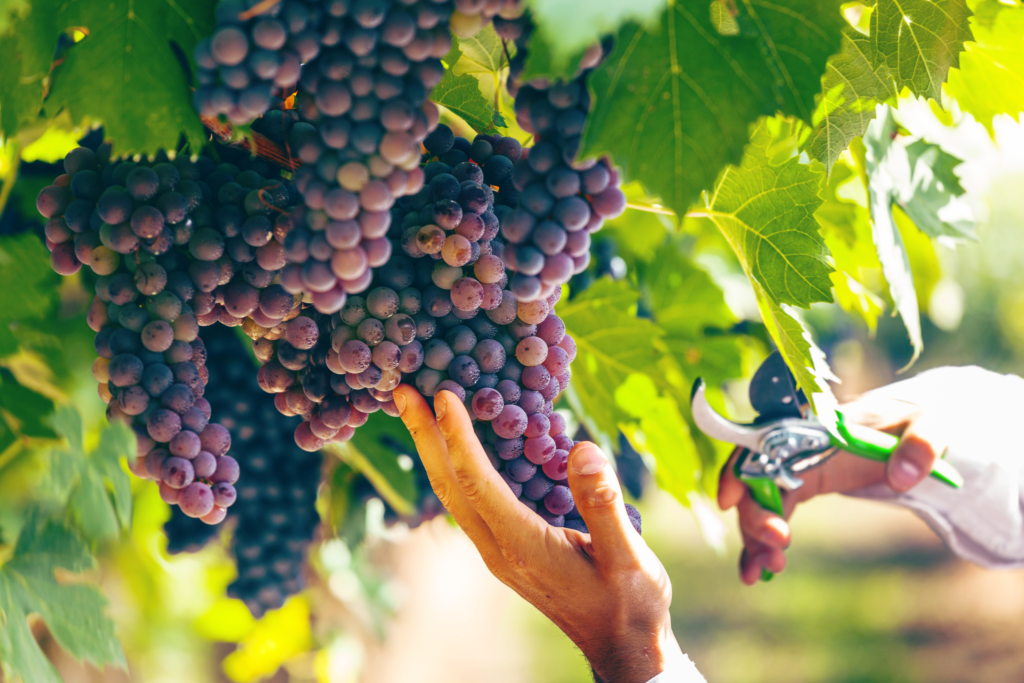
Then followed in 1998 the Molise or Molise DOC, which insists on much of the territory of Molise, with a large number of types and varieties usable. 5 types allowed by the disciplinary: red (also Riserva), sparkling wine, passito, novello and frizzante. The Rosso and Riserva versions must be produced with a minimum 85% of Montepulciano. The Reserve can be qualified as such after a minimum aging of two years, of which six months in wooden barrels. Other allowed varieties are Aglianico, Cabernet Sauvignon and Sangiovese for reds; Falanghina, Chardonnay, Greco, Muscat Blanc, Pinot Blanc, Sauvignon and Trebbiano for whites. Novello can be produced with 100% Montepulciano. The sparkling wine can be produced with Chardonnay, Pinot Blanc and Moscato with a minimum of 85% for each vine. The sparkling wine with Chardonnay or Pinot Blanc or Moscato, all with a minimum of 85%.
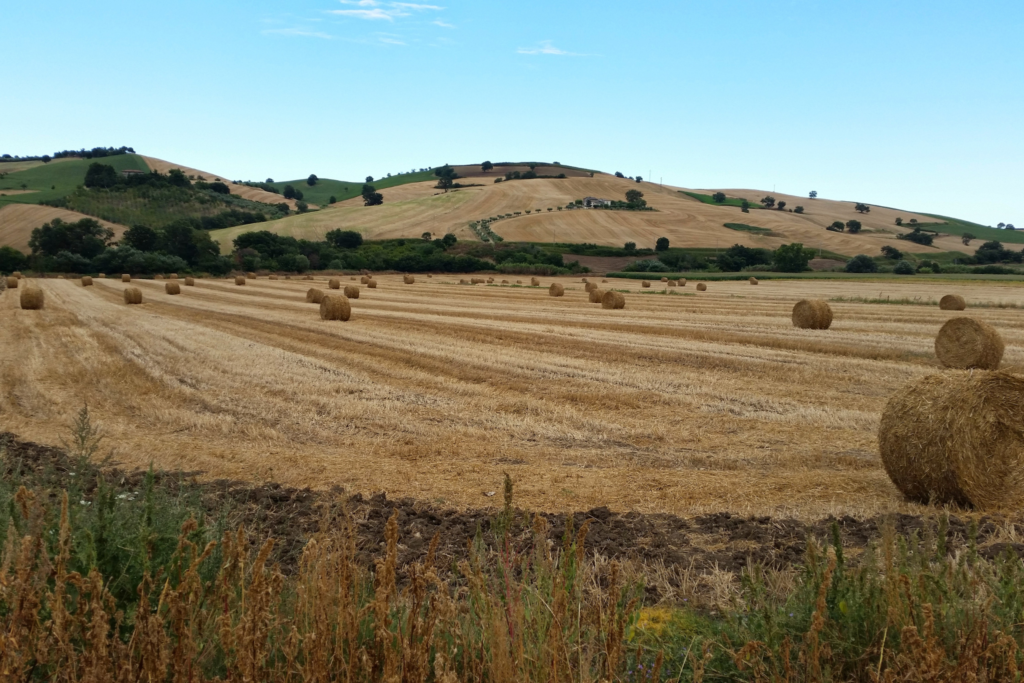
The Tintilia del Molise DOC appellation was established in 2011. Its production area includes many municipalities of Basso Molise, Valle del Biferno, Fortore and Trigno, Molise Centrale, Alto Molise and Valle del Volturno. The types allowed by the disciplinary are red, rosé and reserve red, all made from Tintilia grapes for at least 95%. The reserve must be aged for at least two years. The denomination Osco or Terra degli Osci IGT and Rotae IGT dates from 1995.
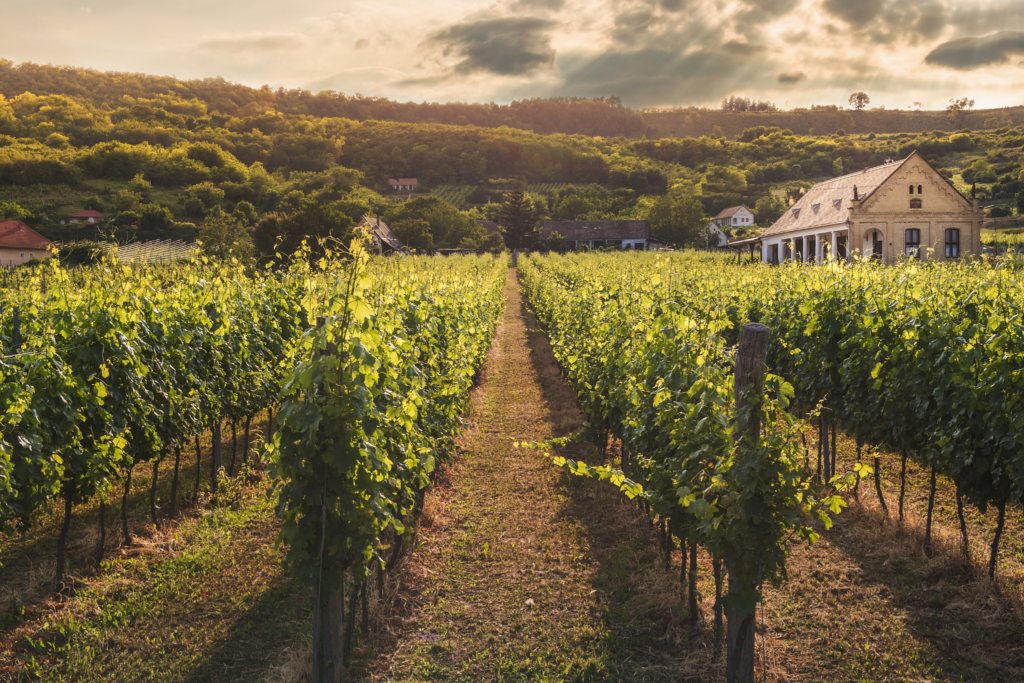
Molise, from a wine-growing point of view, can be divided into two distinct areas. On the one hand the foothills and coast, represented in the province of Campobasso by the DOC Biferno, the other, more inland and mountainous, in the province of Isernia, by the DOC Pentro d’Isernia. The most recent (2011) name Tintilia del Molise DOC, includes both these territories. In the Biferno DOC, the main grape for white wines is Trebbiano Toscano, whereas reds and rose wines are dominated by Montepulciano, accompanied by Aglianico, which can represent 10 to 20% of the blends. The disciplinary of Pentro di Isernia DOC includes four types of wine, Bianco, Rosato and Rosso, plus Rosso Riserva. Reds and rosés must contain 75-80% of Montepulciano, plus 20-25% of Tintilia. White wines are at least 80% based on the Falanghina grape variety. The appellation Tintilia del Molise DOC, created in 2011, instead includes only wines obtained from the autochthonous Tintilia vine, vinified in purity.
Source: Quattrocalici.it 🍷
